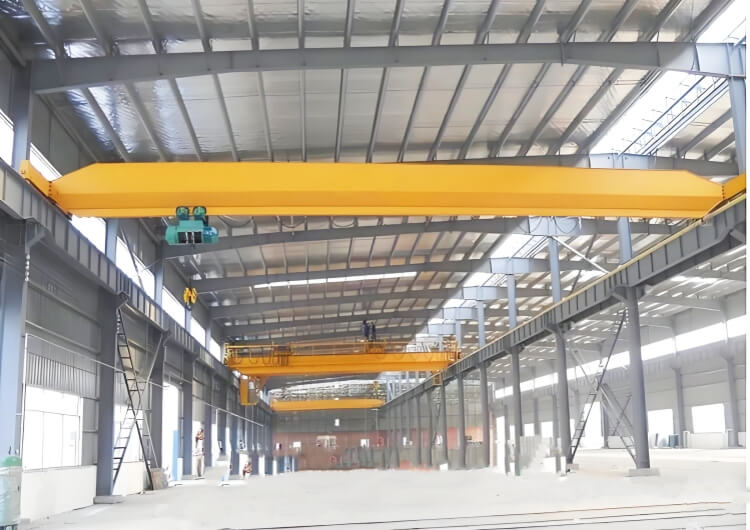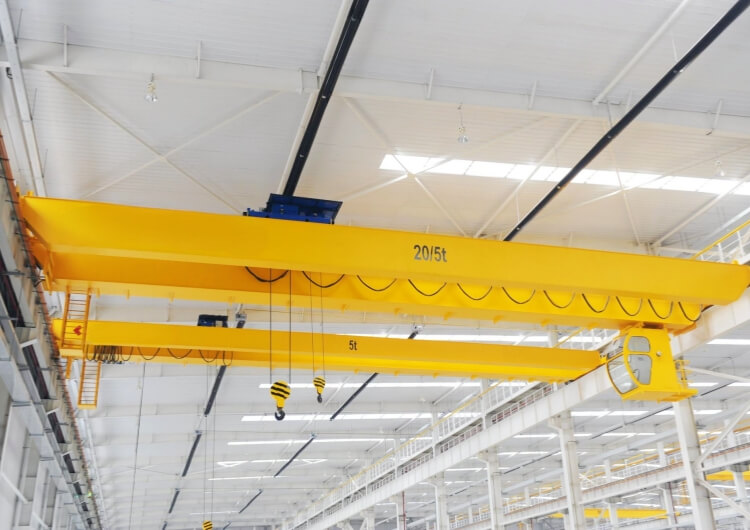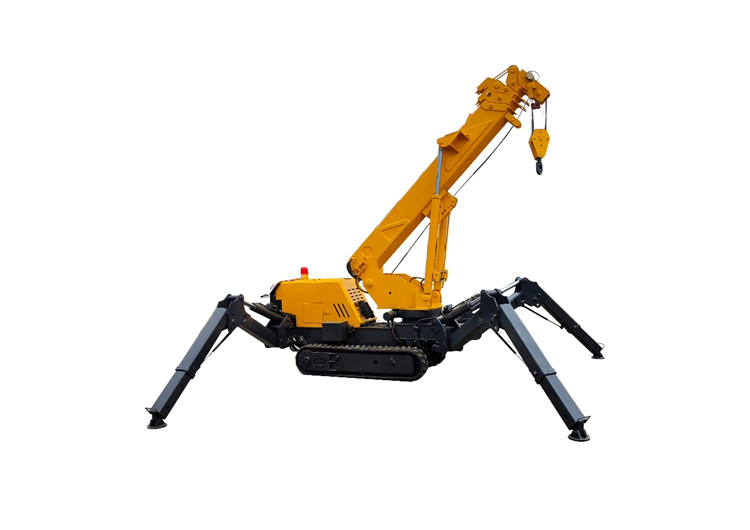A Comprehensive Guide to Crane Types: Understanding Your Options
Introduction
Welcome to our dedicated platform for all things related to cranes! Our primary goal is to provide in-depth insights into various crane types, their applications, and specifications, ensuring you make informed decisions for your lifting needs. Cranes are versatile machines used for vertical lifting and horizontal transportation of heavy materials across numerous industries, including construction, manufacturing, energy, and transportation.
In this article, we will explore the different classifications of cranes based on structure, mobility, purpose, and lifting capacity, along with their unique characteristics and common models.
Crane Classification by Structural Design
Bridge Cranes
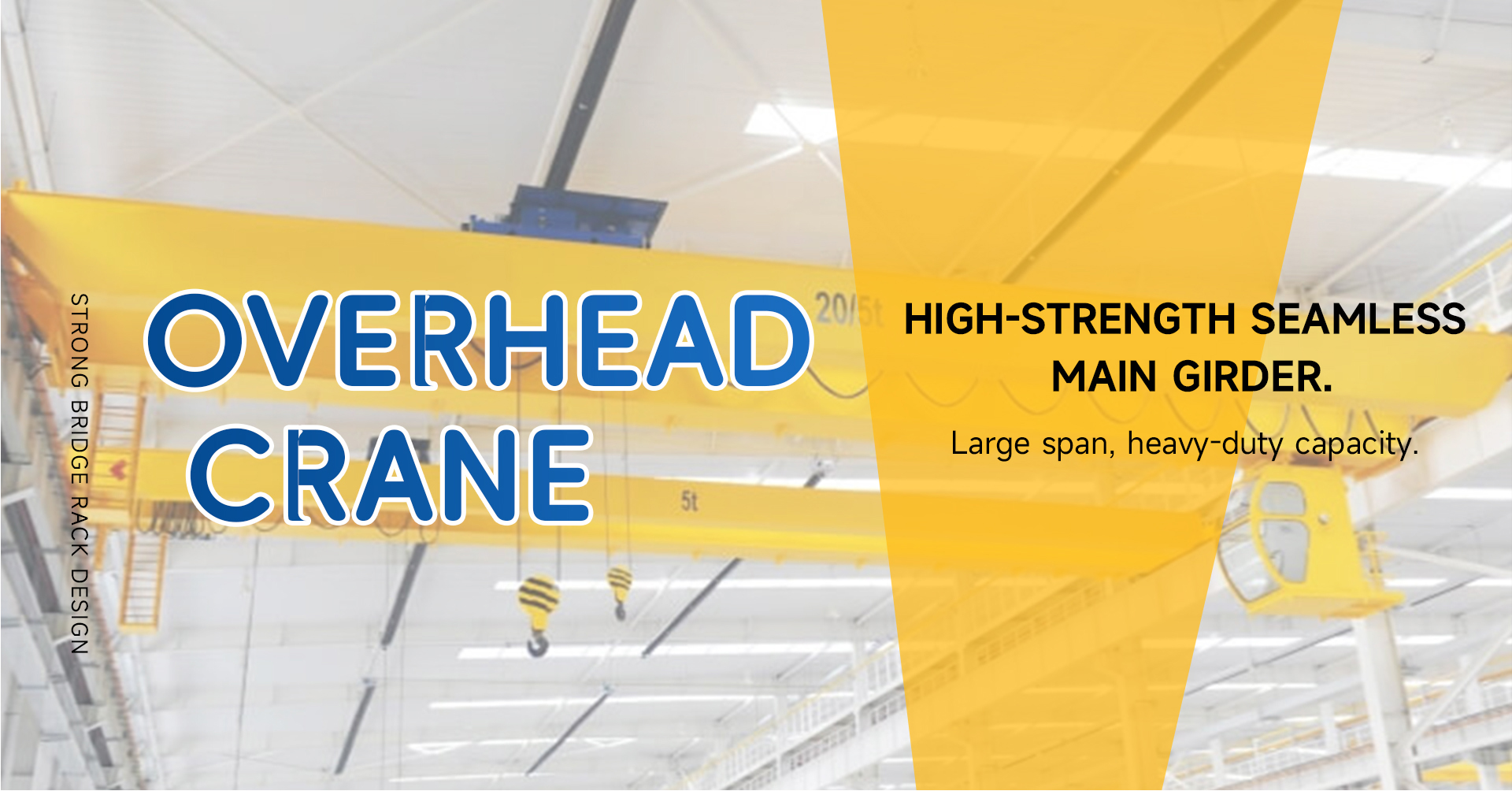
Bridge cranes utilize a “bridge” as the load-bearing structure and move along tracks to perform horizontal lifting tasks. These cranes are suitable for wide-ranging operations in fixed areas such as workshops and warehouses.
Bridge Type Cranes
- Structure: Composed of a main beam, end beams, trolley mechanism (including lifting mechanism), and a traveling mechanism. The bridge runs along tracks mounted on the walls of the facility, while the trolley moves horizontally along the main beam, creating a rectangular operational area.
- Features: With a wide load capacity ranging from 5 to 500 tons and spans between 10 and 30 meters, this crane type is the backbone of industrial facilities, particularly in machining and metallurgy workshops. Variants include:
- Single Girder Bridge Crane: Designed for light loads (≤20 tons).
- Double Girder Bridge Crane: Built for heavier loads (≥20 tons).
Common Applications:
- Machine tool installation and steel handling.
Gantry Cranes
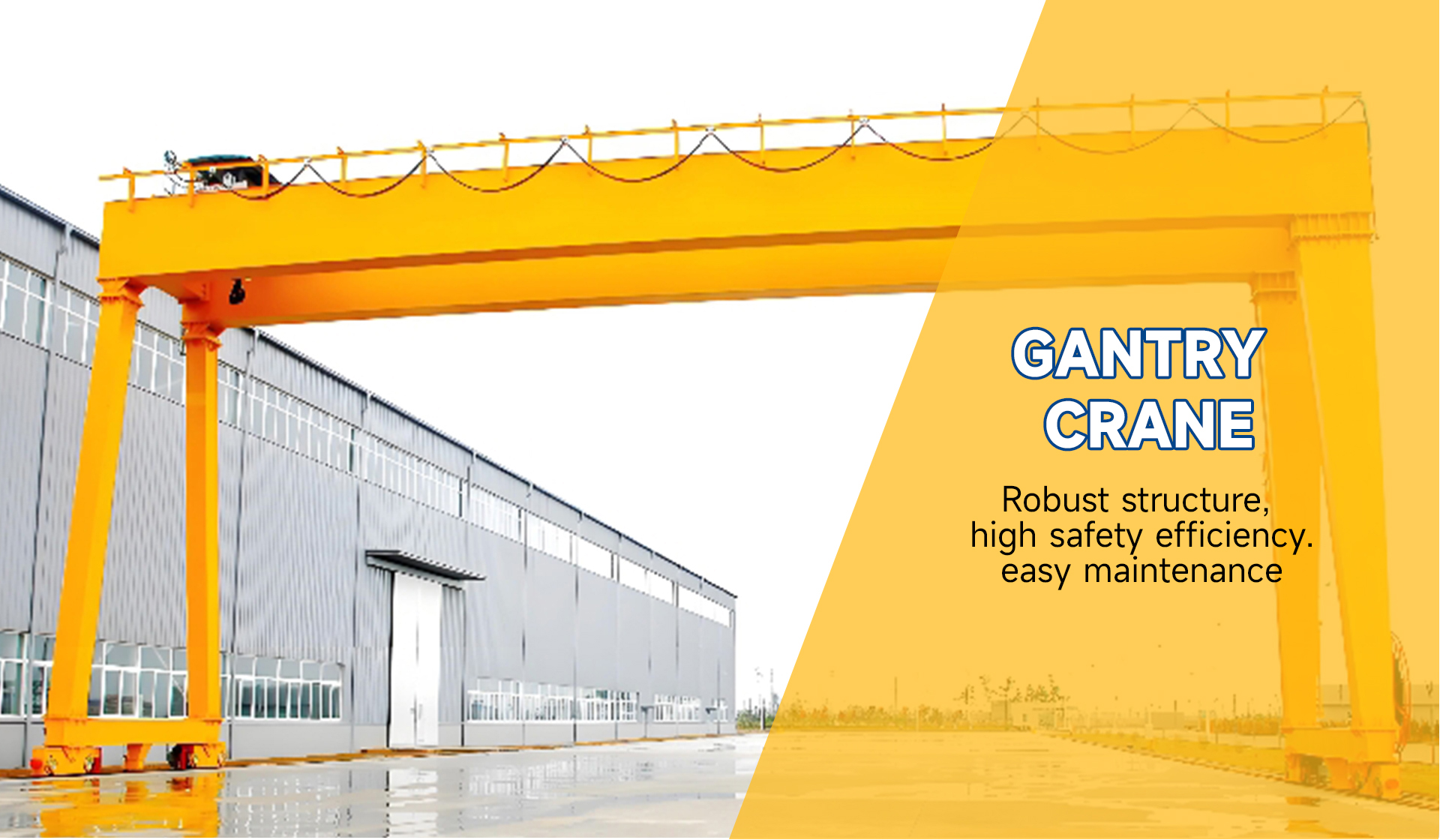
- Structure: These cranes have a bridge supported by legs that rest on the ground, forming a “door” shape, and do not rely on building walls for support, enabling them to move with trolleys along the bridge.
- Features: Ideal for outdoor settings such as ports and yards, gantry cranes offer larger spans (10 to 50 meters) and customizable capacities that can exceed 1000 tons. Some models come with cantilevers to extend operational reach.
Common Applications:
- Container handling at ports and large gantry cranes in shipyards.
Jib Cranes
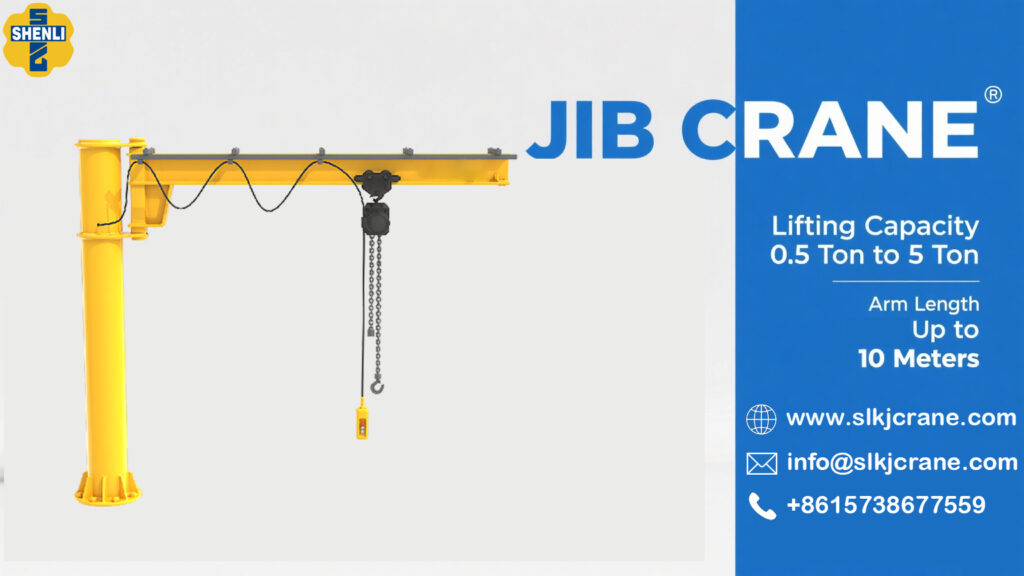
Jib cranes are characterized by their rotating or telescoping arm, which allows for adjustment of the working radius, making them highly flexible for outdoor and mobile operations.
Tower Cranes
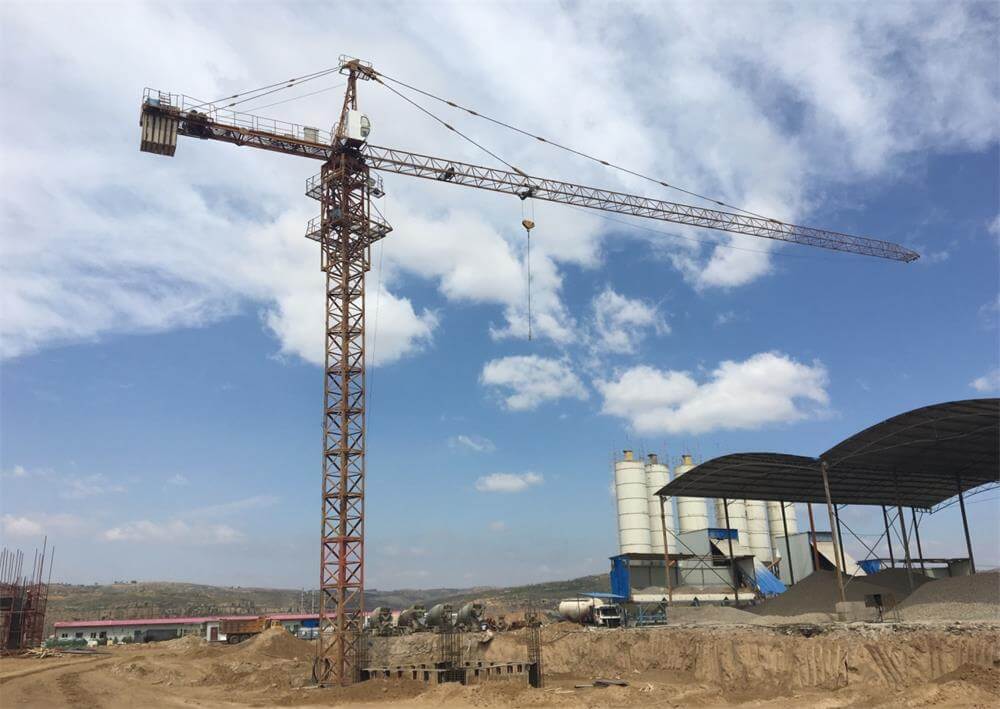
- Structure: Comprised of a vertical mast, horizontal boom, and a rotation mechanism, tower cranes can rotate 360 degrees and adjust the working radius through a luffing mechanism.
- Features: These cranes boast high lifting heights (over 200 meters for attached cranes) and are ideal for high-rise construction projects. The lifting capacity typically ranges from 5 to 100 tons.
Common Applications:
- High-rise building construction.
Mobile Cranes
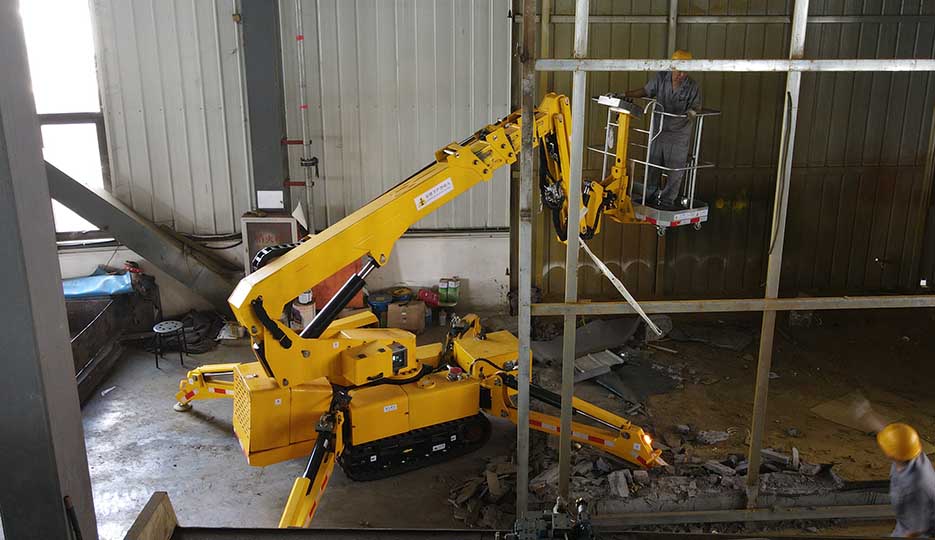
- Structure: Mounted on a truck chassis, these cranes feature a telescoping arm and can rotate 360 degrees.
- Features: Mobile cranes offer superior mobility (capable of highway speeds over 60 km/h) and are suitable for emergency rescue operations and small site lifting tasks. They have a lifting capacity range from 5 to 500 tons.
Crawler Cranes
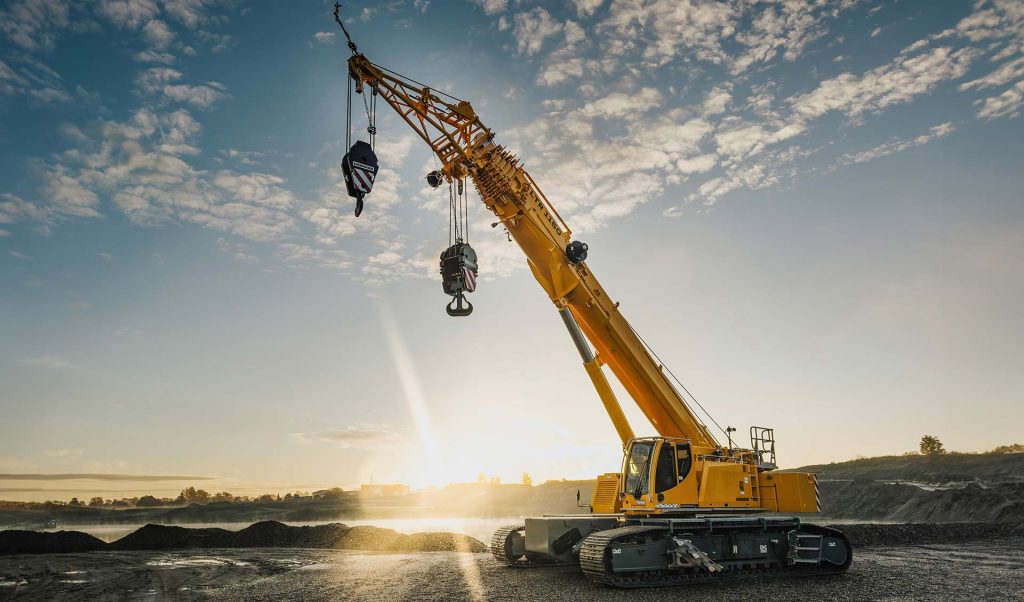
- Structure: Feature a crawler chassis that provides stability on rough terrain, with a flexible or foldable arm.
- Features: Known for their exceptional off-road capability (able to navigate muddy or mountainous terrains), these cranes can handle lifting capacities above 3000 tons, although they have a lower travel speed (≤5 km/h).
Common Applications:
- Lifting large equipment such as wind turbine towers in remote locations.
3. Cable Supported Cranes

Cable-supported cranes use fixed cables to support the load, allowing trolleys to move along the main cables. They are particularly suitable for spanning difficult geographic obstacles like valleys or rivers.
- Structure: Two fixed cables serve as the load-bearing tracks, and the trolley moves along these cables, typically secured between towers.
- Features: These cranes cover a “fan-shaped” or “linearly” operational area, making them ideal for hydraulic engineering and bridge construction projects, with lifting capacities reaching several hundred tons and spans over 1000 meters.
4. Elevators (Specialty Type)
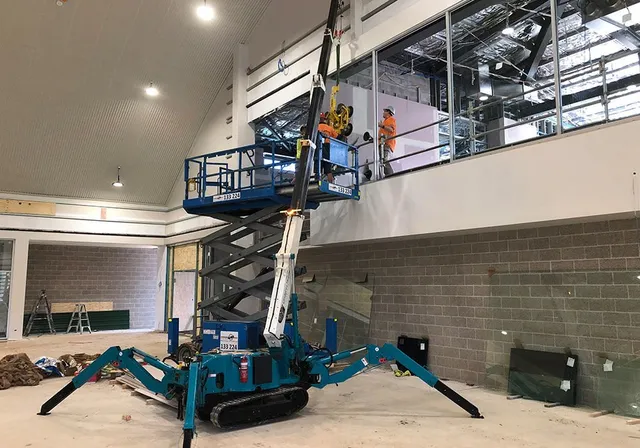
Elevators such as construction hoists, elevators (in a narrow sense), and material lifts focus on vertical transport, typically running along fixed guides with limited lifting capacities (usually ≤5 tons).
Crane Classification by Mobility
Fixed Cranes
Fixed cranes are anchored to the ground or foundation and cannot be moved. Examples include fixed foundation tower cranes and dockside cranes, suitable for long-term operations in designated areas.
Mobile Cranes
Mobile cranes possess autonomous mobility and can be divided into several categories:
- Wheeled Cranes: Such as truck-mounted and tire-operated cranes.
- Crawler Cranes: As described earlier.
- Rail-Cranes: Including bridge, gantry, and mobile gantry cranes that operate along tracks.
- Legged Machinery: Specialized engineering machinery that moves on “legs” suitable for extreme terrains.
Crane Classification by Purpose
General Purpose Cranes
General-purpose cranes are versatile and designed for use in various settings, including:
- General gantry cranes
- General bridge cranes
- Truck cranes
Specialized Cranes
Specialized cranes are engineered for specific industries, such as:
- Metallurgical Cranes: Resistant to high temperatures (≥500℃), used for handling molten metal.
- Explosion-Proof Cranes: Designed to prevent sparks in volatile environments (like coal mines and chemical plants).
- Shipbuilding Cranes: Designed for large spans and high lifting heights to accommodate the assembly of ship sections.
- Power Station Cranes: Such as hoists in pumped-storage power stations and factory bridge cranes, noted for high precision and reliability.
- Container Cranes: Equipped with specialized grabs to quickly handle containers, typically found at port bridge facilities.
Crane Classification by Lifting Capacity
Light Cranes
- Category: ≤5 tons, suitable for small-scale operations.
- Examples: Manual hoists and small electric single girder cranes.
Medium Cranes
- Category: 5-50 tons, representing standard lifting capabilities.
- Examples: Workshop bridge cranes and small truck cranes.
Heavy Cranes
- Category: 50-300 tons, designed for more demanding applications.
- Examples: Large gantry cranes and crawler cranes.
Super Heavy Cranes
- Category: ≥300 tons, designed for specialized heavy-lifting.
- Examples: Thousand-ton crawler cranes and special shipbuilding cranes.
Conclusion
The core of crane classification lies in the principle “structure dictates use, and performance adapts to scenarios.” Bridge cranes are suited for efficient fixed-area operations, jib cranes offer flexibility for mobile and complex terrains, while specialized cranes cater to unique industry requirements such as high-temperature, explosion-proof, and deep vertical environments (e.g., “vertical shaft gantry cranes” and “tunnel smoke duct installation cranes”).
Whether you are looking to purchase or rent cranes for your next project, the right choice can significantly enhance your operational efficiency and safety. Explore more with us!
SLKJ Crane: Expertise You Can Trust
At SLKJ Crane, we offer not just a range of high-quality cranes, but also expert consulting and installation services. Our dedicated professionals are ready to assist you in understanding your specific lifting needs and recommending the most appropriate crane solutions for your projects.
Contact Us
For inquiries and personalized consultations, visit our website: www.slkjcrane.com. Our team is here to provide you with all the necessary support regarding crane types and lifting solutions.
Contact Us Now
Have questions about our cranes or need help?
Reach out to our friendly team for expert support and guidance.
We are here to help you power your journey towards a greener future !
Address: Crane Industry Park, Xinxiang City Henan Provice

